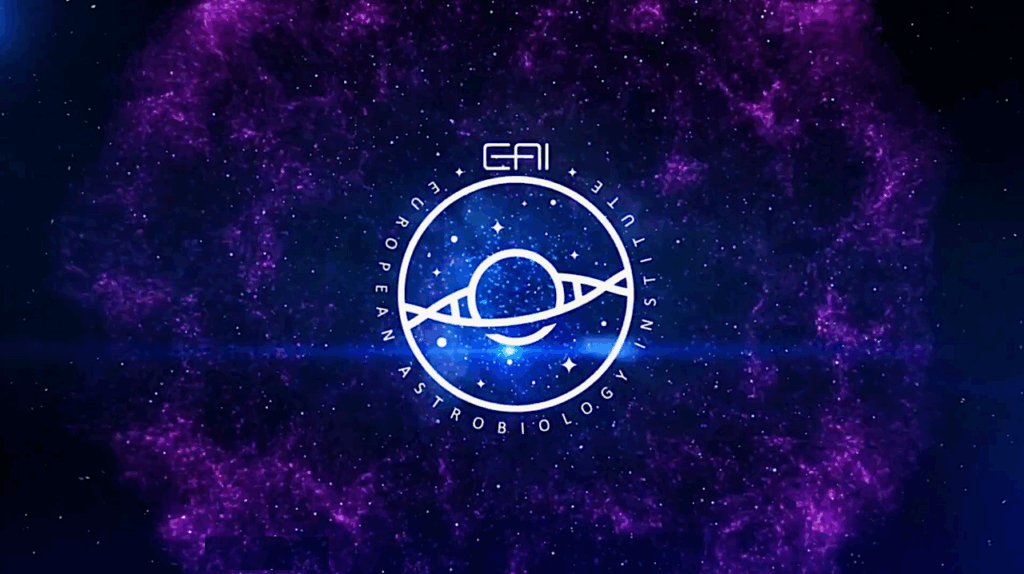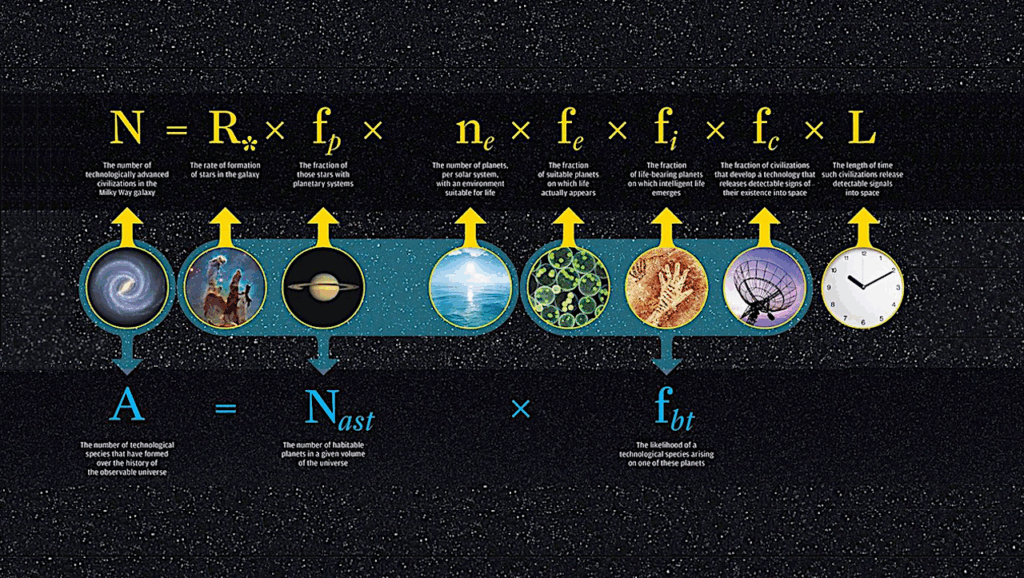Astrobiology, Bioastronautics, And Space Bioprocess Engineering: Domains Of Life Sciences In Spacefaring: What, Where, And How To Get Involved
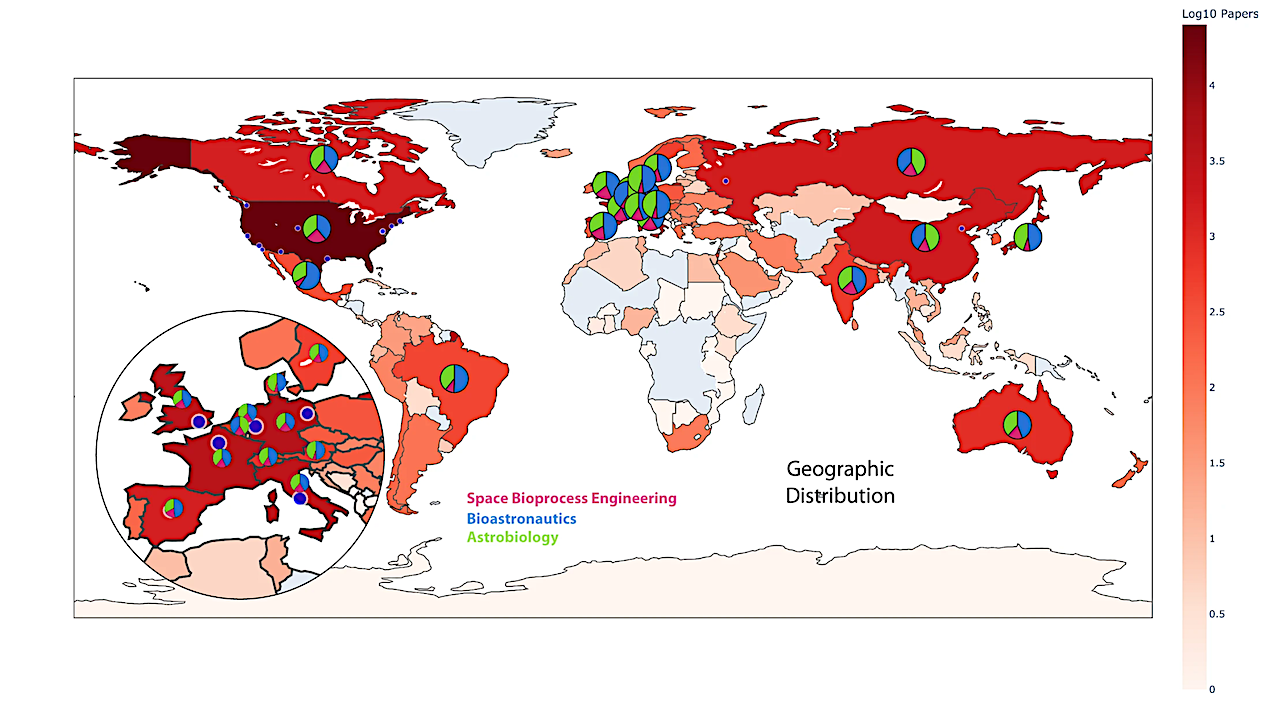
The integration of biology and spacefaring has led to the development of three interrelated fields: Astrobiology, Bioastronautics, and Space Bioprocess Engineering.
Astrobiology is concerned with the study of the origin, evolution, distribution, and future of life in the universe, while Bioastronautics focuses on the effects of spaceflight on biological systems, including human physiology and psychology. Space Bioprocess Engineering, on the other hand, deals with the design, deployment, and management of biotechnology for human exploration.
This paper highlights the unique contributions of each field and outlines opportunities for biologists to engage in these exciting avenues of research. By providing a clear overview of the major fields of biology and spacefaring, this paper serves as a valuable resource for scientists and researchers interested in exploring the integration of these disciplines.
IMAGES: The full research corpus for each discipline was exported directly from Scopus in RIS format after input of the corresponding query. The RIS files were exported including metadata on document title and corresponding author keywords. The bibliometric visualization software VOSviewer was then used to convert this data into a network graph, containing the top 100 most frequently occurring keywords for each discipline. Keyword and corresponding node size scale with its prevalence within the visualized discipline. The nodes and edges of the network were colored automatically according to VOSviewer’s clustering algorithm, with each color representing a distinct cluster—nodes within a cluster co-occur more, implying that the publications they are found in share foci. nAB, nBA, and nSBE, where nD represents the number of clusters for discipline D are 5, 6, and 12, respectively. For Fig. 3, the nodes and edges of the network were colored automatically according to VOSviewer’s clustering algorithm, with each color representing a distinct cluster—nodes within a cluster co-occur more, implying that the publications they are found in share foci. These colors do not match those in Fig. 1 and 2.

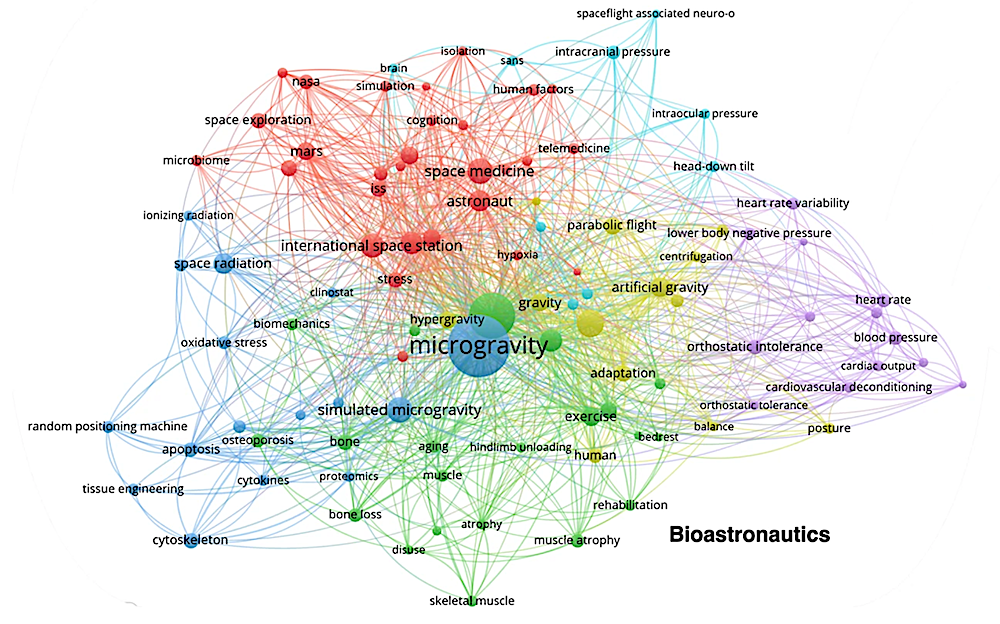
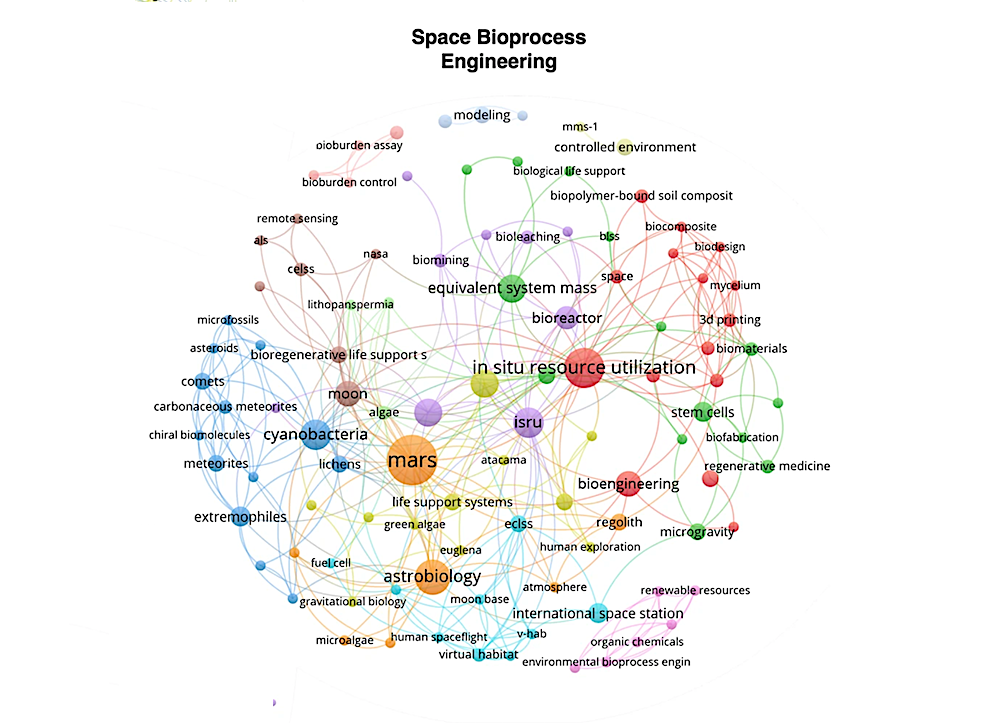
J. Berliner, Spencer Zezulka, Gwyneth A. Hutchinson, Sophia Bertoldo, Charles S. Cockell & Adam P. Arkin
Domains of life sciences in spacefaring: what, where, and how to get involved, npj Microgravity (open access)
Astrobiology, Bioastronautics, Space Biology, Space Medicine,


